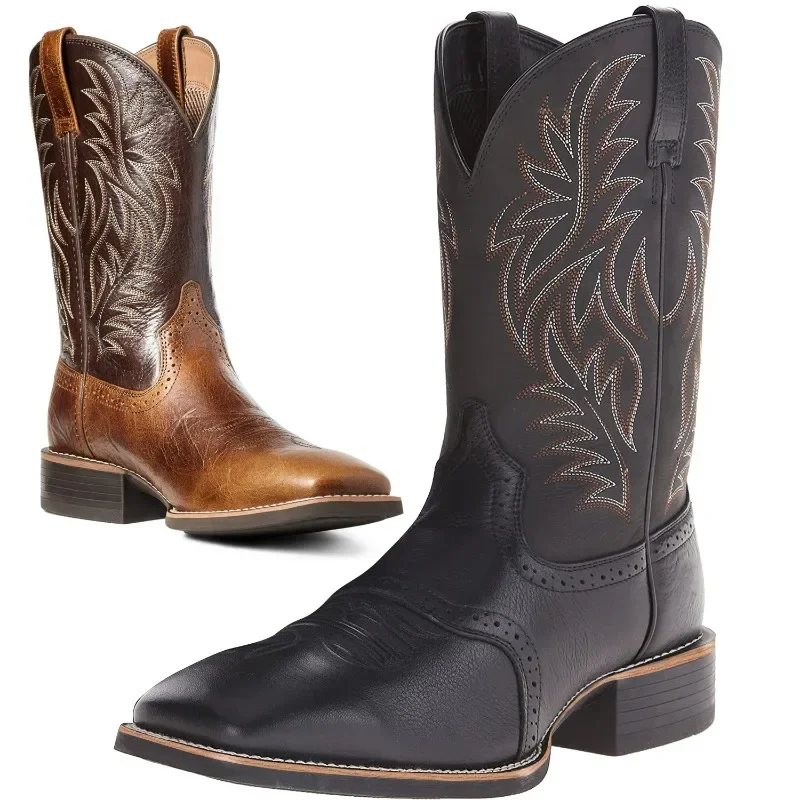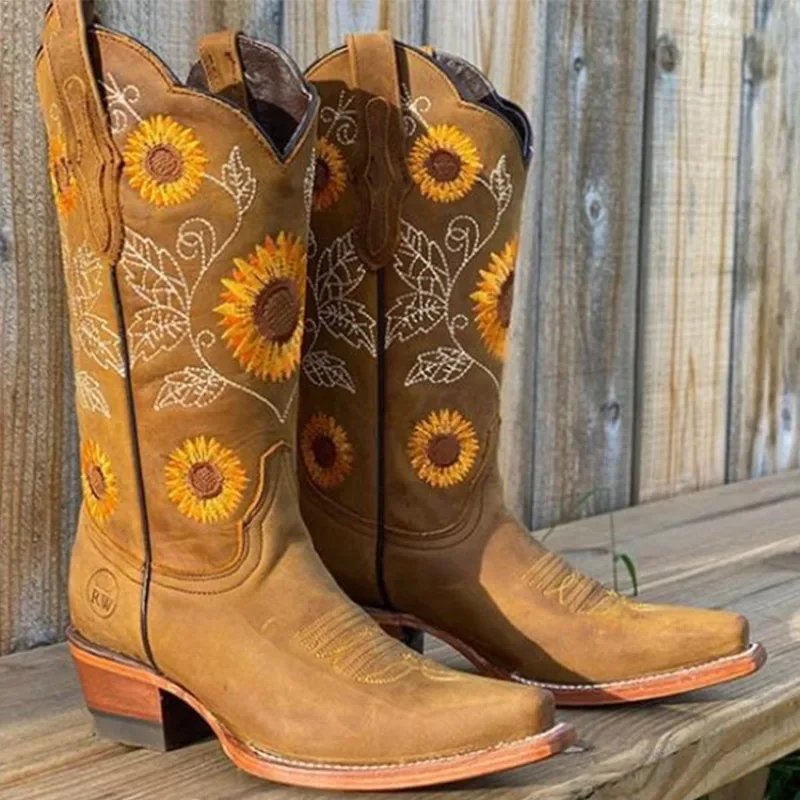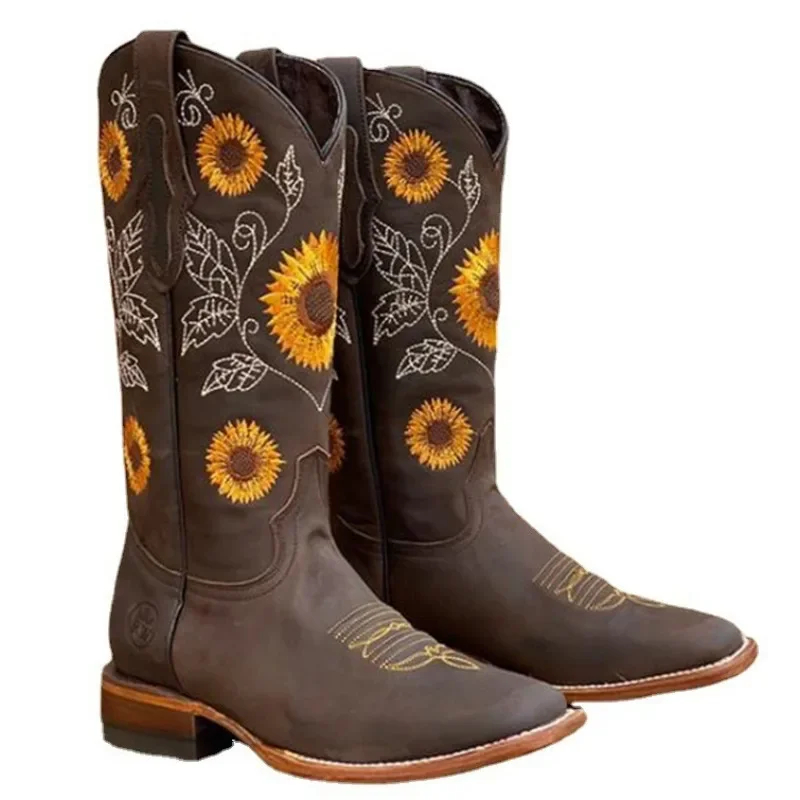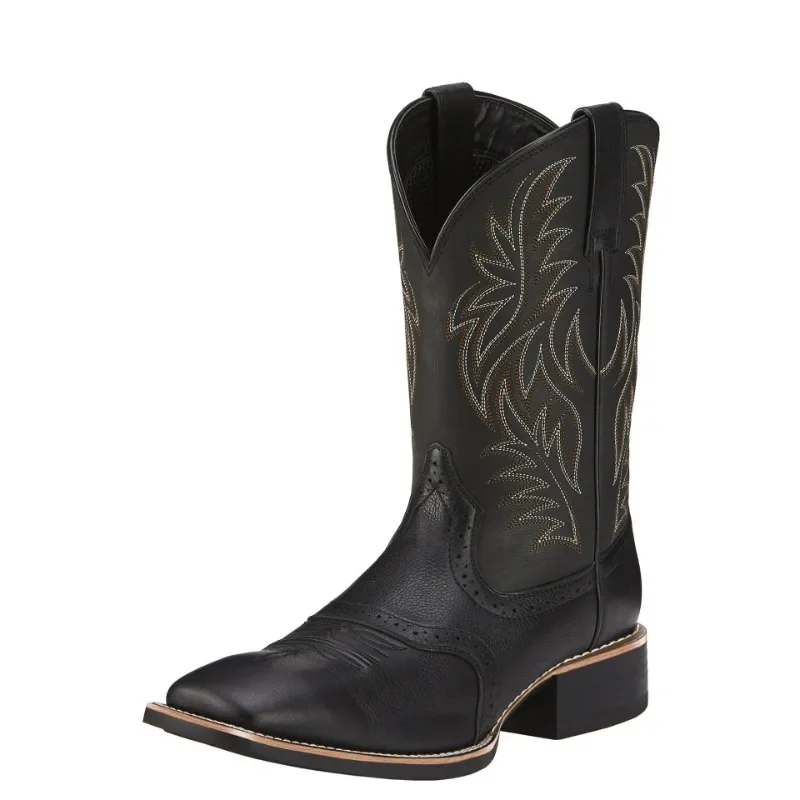Cowboy boots are more than just footwear; they represent a crucial piece of American culture, especially from the Old West era. These iconic boots symbolize the rugged individualism and adventurous spirit of cowboys who roamed the vast plains, herded cattle, and faced the unknown. This article delves deep into the history, styles, craftsmanship, and cultural significance of Old West cowboy boots.

The Historical Roots of Cowboy Boots
Origins in the American West
Cowboy boots trace their origins back to the early 19th century, a time when the American frontier was expanding rapidly. Before this era, traditional riding boots had a more straightforward style. However, as cowboys began to develop their unique identity, they needed a specific type of boot. The robust conditions of cattle drives and the rugged terrain called for a boot that offered both durability and protection.
Cowboy boots are a blend of Spanish, Mexican, and American influences. The Spanish vaquero, or herdsman, wore high-heeled boots with pointed toes. These were crucial for riding and maneuvering in the saddle. As the American cowboys adopted and adapted these designs, the cowboy boot we know today began to emerge. They further elevated the design to enhance both function and style, embodying the spirit of the American West.
The Functionality of Cowboy Boots
Cowboy boots serve several practical functions. The high, pointed toes help with stirrup entry when riding horses. The unique high heel design prevents feet from slipping through stirrups, a critical safety feature. The shaft protects the lower leg from brush, rocks, and debris during long rides. The durable material not only keeps feet safe but also provides adequate support for long hours on horseback.
Additionally, the boots come in various designs and materials, each suited to different tasks. Traditional leather is popular for its durability and ability to mold to the wearer’s foot over time. Exotic leathers, like snake or ostrich, offer a different aesthetic while still providing durability. Some cowboys even opt for boots with intricate stitching or embellishments, showcasing personal style while maintaining functionality.

The Craftsmanship Behind Cowboy Boots
Artisanal Techniques
Craftsmanship is essential to creating high-quality cowboy boots. Traditional boot-making is an art that requires extensive knowledge and skill. Boot makers begin with high-quality leather, sourced from different animals depending on the desired finish and style. Each piece of leather has specific characteristics that can affect the final product.
Once the leather is chosen, artisans employ techniques passed down through generations. They start with cutting the leather into the required patterns for the boot. This involves precise measurements to ensure a perfect fit. Once cut, the pieces are stitched together using a strong thread, often employing intricate patterns that can enhance the aesthetic appeal of the boots.
The final steps involve adding details, such as the heel and sole. Makers usually use wood or rubber for the heel, depending on the desired style. Adding a leather sole ensures durability and a classic look. The entire process may take several days, with talented artisans dedicating time and care to produce each pair.
Customization and Personalization
Customization is a hallmark of cowboy boots. Many makers offer personalization options that allow the wearer to express their unique style. From the choice of leather to color options, the possibilities are extensive. Distinctive stitch patterns and even custom embroidery can turn a pair of boots into a work of art.
For those deeply connected to the cowboy culture, customizing a pair of boots can be meaningful. Some choose to incorporate symbols or designs that reflect their heritage, values, or interests. This element of personalization not only adds to the boots’ aesthetic appeal but also imbues them with sentimental value.
Styles of Old West Cowboy Boots
Classic Styles and Their Significance
Cowboy boots come in various styles, each with its unique charm and significance. The traditional Western boot, characterized by its high shaft and pointed toe, is perhaps the most recognized. This classic style embodies the spirit of the Old West and remains a popular choice for both cowboys and fashion enthusiasts today.
Another popular style is the roper boot, shorter in height and often featuring a rounded toe. Originally designed for roping cattle, this boot prioritizes comfort and easy movement. Many cowboys prefer ropers for everyday wear due to their versatility. The work boot style, designed for ranch tasks, combines durability and practicality. These boots often have lower heels and a more rugged build.
As cowboy culture evolves, newer styles have emerged that combine traditional elements with modern influences. Fashion boots, for example, often feature eye-catching colors and contemporary designs. While these may deviate from the classic cowboy look, they still capture the spirit of adventure and individuality associated with cowboy culture.

Regional Variations in Cowboy Boots
Different regions of the United States have developed their unique styles of cowboy boots, reflecting diverse cultural influences. For example, boots from Texas often feature vibrant designs and higher quality leathers, emphasizing flashiness. In contrast, boots from Montana may showcase a simpler, more utilitarian style, focusing on function.
The materials used can also differ by region. Texas boots might use exotic leathers, while boots from Colorado may stick to traditional cowhide. Each region’s environments and needs shape the designs and construction methods. This variety allows individuals to choose styles and materials that resonate with their personal experiences and surroundings.
The Cultural Significance of Cowboy Boots
Cowboy Boots in Pop Culture
Cowboy boots have a significant presence in popular culture, often symbolizing freedom, adventure, and the rugged American spirit. They appear in films, music, and artworks, reinforcing their iconic status. Flashy cowboy boots can often be seen on the feet of country music stars during performances. This association has helped the boots transition from practical footwear to fashion statements.
Movies set in the Old West also contribute to the allure of cowboy boots. Characters portrayed in those films often wear their boots as part of their identity, influencing viewers’ perceptions of cowboy life. This cinematic portrayal of boots captivates audiences, romanticizing the cowboy lifestyle and bringing a taste of the wild frontier to contemporary society.
Cowboy Boots in Modern Fashion
Today, cowboy boots have transcended their utilitarian roots to become staples in modern fashion. Designers regularly incorporate cowboy boot elements into their collections. High-fashion brands often showcase runway models in stylish cowboy boots, blending classic Western motifs with contemporary aesthetics. This trend enables individuals to express their unique style while paying homage to Western heritage.
For everyday wear, cowboy boots pair well with various outfits, from jeans to dresses. They enhance the wearer’s style, whether for a night out on the town or a casual gathering. The versatility of these boots has made them a favorite choice, appealing to those who want to incorporate a touch of the Old West into their wardrobe.
The Evolution of Cowboy Boot Trends
Changes Over the Decades
The design and usage of cowboy boots have evolved significantly over the decades. In the late 19th century, distinct styles emerged, catering to the growing urban cowboy demographic. As the 20th century rolled in, boots began to reflect the changing culture, influenced by the music and movie industries.
During the post-World War II boom, cowboy culture experienced a renaissance, leading to a surge in popularity for cowboy boots. Brands began to market boots to a broader audience, appealing to not only working cowboys but also urban dwellers. This marked the transition of cowboy boots from practical gear to a fashion statement.
The Future of Cowboy Boots
Looking forward, cowboy boots will likely continue to evolve. Sustainability is becoming a growing concern for consumers. Many boot makers are now focusing on eco-friendly materials and practices. This trend aligns with the values of younger generations who are conscious of their environmental impact. Customization will likely continue to thrive, with technology allowing for more accessible personalized options.
As cowboy boots move into the future, their hybrid nature will likely enhance. They will remain grounded in tradition while embracing contemporary styles. This blend will keep the culture alive, allowing future generations to engage with the timeless allure of cowboy boots. Poised for both style and comfort, cowboy boots will endure and evolve for years to come.
Conclusion: The Legacy of Cowboy Boots
Cowboy boots embody the rugged spirit and adventurous life of the American West. Their rich history, intricate craftsmanship, and cultural significance make them a profound symbol of the cowboy lifestyle. Each pair tells a story, reflecting the personal journey of the wearer, while also connecting to the collective experience of those who forged their paths across the expansive plains. The legacy of cowboy boots continues to thrive, bridging the past with the present, ensuring that this iconic footwear remains a staple in Western culture and beyond.
